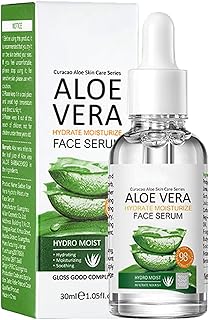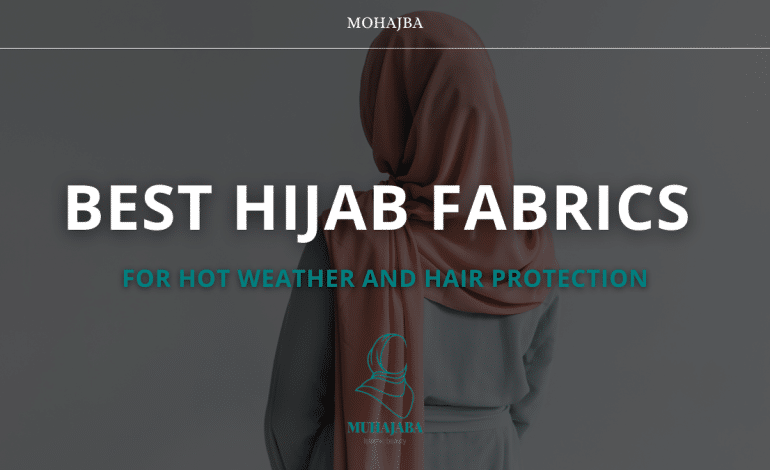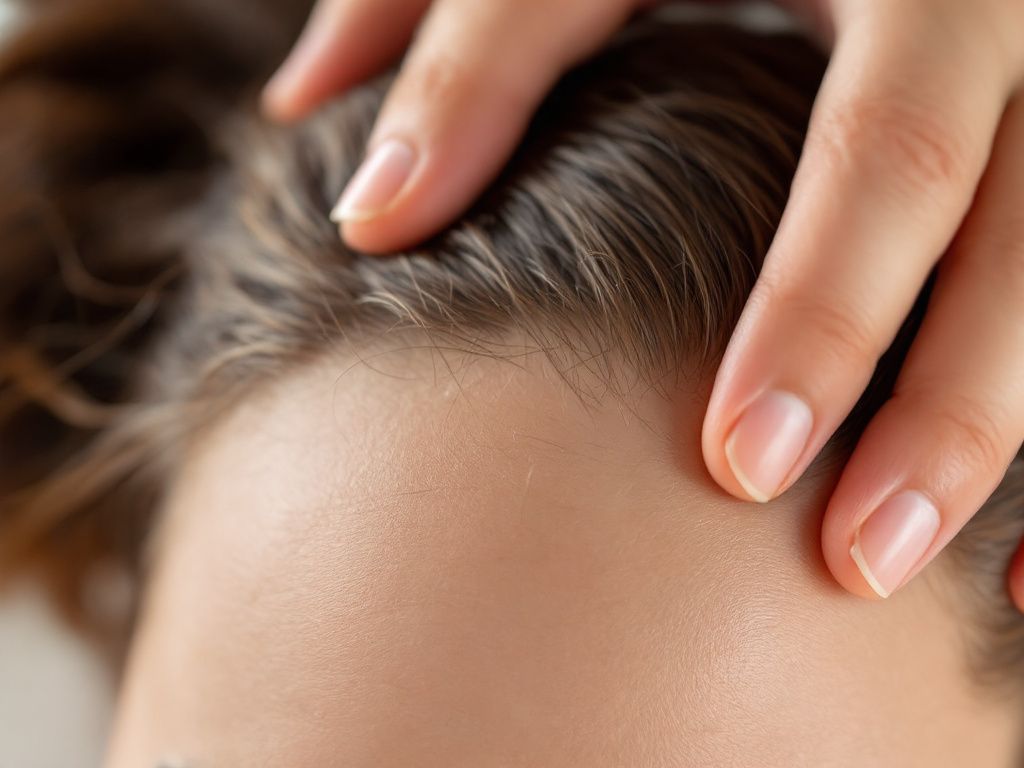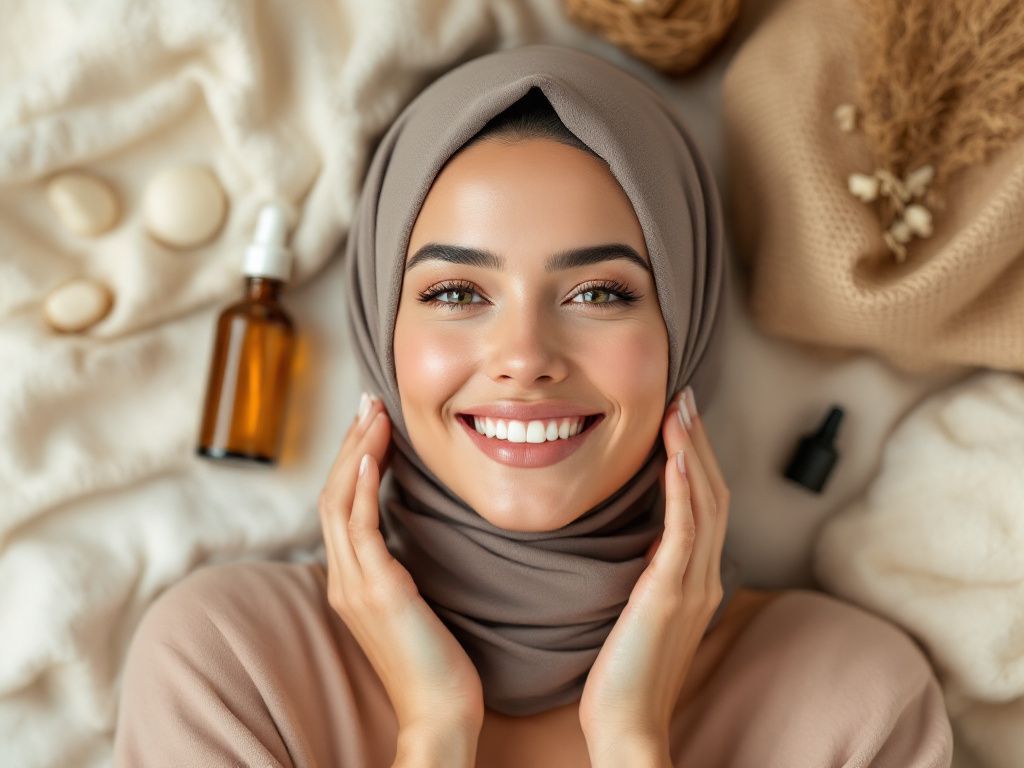[Winter-Proof Skin] Evidence-Based Hijabi Skincare That Works
![[Winter-Proof Skin] Evidence-Based Hijabi Skincare That Works](https://mohajba.com/wp-content/uploads/2025/04/winter_hijab_skincare_feature-770x470.jpg)
As temperatures drop and chilly winds blow, taking care of your skin, particularly when wearing a hijab, demands significance. The fabric layers that shield your crown and neck add both elegance and complexity to the task of winter skincare. Given the changing needs your skin faces with colder months and the practical aspects of a hijabi lifestyle, adopting an informed, strategic skincare routine is essential. Here, we delve into how to winter-proof your skin with research-backed strategies that honor both scientific rigor and cultural nuances. 🌬️🧕
—
Understanding Winter Skin Changes: The Science Behind It
Before diving deep into a hijabi-focused skincare regimen, it’s essential to understand what transpires beneath your skin layers during winter. When frostier air prevails, relative humidity drops, or when you’re moving between heated indoor environments and the outdoor chill, your skin’s barrier function can suffer.
Scientific Insights:
- Moisture Barrier and Lipids: The skin barrier, primarily comprised of lipids, is significantly affected by cold, dry air. According to research published in the British Journal of Dermatology, low temperatures directly correlate with decreased lipid content, which impairs the skin’s ability to retain moisture.
- Skin Cell Turnover: Lower humidity levels can slow down skin cell turnover, leading to a buildup of dead skin cells, which contributes to flakiness and dullness.
- Reduced Sebum Production: Cold weather leads to a reduction in sebum production due to constricted blood vessels. This exacerbates the sensation of dryness and can lead to rough skin patches.
📊 Key Data:
The American Academy of Dermatology (AAD) notes that up to 10-15% of the population can experience heightened dermal dryness in winter, underlining the fact that preemptive care is not just beneficial but often necessary.
How Cold Weather Impacts Hijabi Skin Specifically
Hijareed skin faces unique challenges — primarily friction and moisture management issues. Hijabs, especially those made from synthetic or less breathable fabrics, create friction and potentially trapping sweat and oils, leading to irritation.
Friction and Fabric:

- Fabric and Friction: The permanent contact with fabric can cause irritation and lead to sensitivity, particularly around the hairline, neck, and forehead, areas conducive to oil and sweat buildup.
- Absorbency and Breathability: Cotton, viscose blends, and modal offer breathability but require frequent changing to avoid moisture retention. In contrast, tightly woven synthetics could exacerbate skin conditions due to their reduced breathability.
Action Points:
- Opt for softer, natural fabrics for a daily wear hijab that complements skin health.
- Change and wash hijabs regularly to maintain a clean interface with skin.
Winter-Proof Regimen: Step-by-Step Guide 🧴
1. Gentle Cleansing: Choose Right
A gentle cleanser sets the foundation of your skincare routine by respecting your skin’s barrier.
Recommendations:
- Cleansers with Hydration Boosts: Hyaluronic Acid and glycerin enriched cleansers gently clean while hydrating the skin—which studies have shown improve skin moisture levels significantly.
2. Moisturization Techniques for Hijabis
In winter, keeping your skin hydrated is non-negotiable. The closed environment the hijab creates can help to lock moisture in when balanced correctly.
Layer Up:
- Hydrate First, Seal Later: After cleansing, apply a humectant-filled serum—like those containing hyaluronic acid–followed by a lipid-rich, occlusive moisturizer. Recent skincare research has shown the combination of humectants and occlusives demonstrates superior skin hydration.
Product Examples:
- Humectant Products: Products such as Neutrogena Hydro Boost contain hyaluronic acid that draw moisture into the skin.
- Occlusive Moisturizers: Petrolatum-based products like Vaseline, as simple as they seem, are some of the top-recommended substances for forming a barrier against trans-epidermal water loss (TEWL).
3. Sun Protection: Yes, Even in Winter! ☀️🧕

The significance of sunscreen during winter is often understated, but UVA rays remain constant all year round.
Best Practices:
- An SPF of at least 30 is recommended daily.
- Formulations containing zinc oxide or titanium dioxide offer robust physical barriers without interfering with hijab use.
4. Tackling Friction: Hijab-Friendly Solutions
Implement products and habits that reduce friction impact and soothe your skin.
Anti-Frizz Silks and Serums:
- Layer Tactics: Use a silk or satin hijab liner. Studies have demonstrated significantly reduced friction-related irritation with silk as opposed to rougher fabrics.
- Anti-Inflammatory Serums: Apply serums containing ingredients like niacinamide or panthenol to build resilience against daily wear and tear by lowering inflammation.
5. Exfoliation: Gentle is Key 🔄
Implement exfoliation, but tread softly to avoid over-stripping dry, sensitive winter skin.
Refined Exfoliation:
- Opt for chemical exfoliants like AHA (Lactic Acid) or PHA which are gentler compared to physical scrubs and suitable for sensitive skin.
- Limit exfoliation frequency; once weekly can effectively manage dead cell buildup without jeopardizing your moisture barrier.
Holistically Approach Hijabi Skin Care: Environmental and Lifestyle Tactics

Humidify Your Space:
Humidifiers can counteract indoor dryness. A maintained room humidity level of between 30 and 50% is ideal for preventing unnecessary loss of dermal moisture in winter (Environmental Protection Agency – EPA).
Boost Hydration:
Comprehensive skin care extends inward. Increased water intake supports skin hydration and elasticity, reducing the likelihood of dryness from within.
Recommended Intake:
The National Academies of Sciences, Engineering, and Medicine cost recommends about 2.7 liters (for women) of total daily fluid intake including all beverages and foods consumed.
Hijab and Makeup: Harmonize for Best Outcomes
For makeup that complements your hijabi lifestyle during colder months, choose formulations that aren’t overly drying and can withstand fabric friction and transfer:
Formulation Focus:
- Hydrating Foundation: Liquid foundations with natural-finish provide additional hydration. Consider oil-based formulas for rich-looking skin that resists cold air’s crispiness.
- Setting Spray and Powder: Powder sets moist layers, preventing foundation migration onto hijabs, while also keeping oils at bay.
—
In Conclusion: A Practical Synthesis
Skin care during winter, especially for hijabis, need not pose complicated challenges. Knowledge of how cold weather affects your skin at the molecular level and practical steps focused around gentle cleansing, thorough moisturization, protection, and smart fabric choices, all contribute to maintaining radiant, healthy skin under a hijab. Follow through with these evidence-backed practices, blending modern dermatological insights with thoughtful cultural practice, you set the foundation not merely for seasonal skin care but a lifelong habit of nurturing aesthetic well-being.
By anchoring in research and real-world application, this guide equips you with the necessary knowledge and practices needed for the transformative protection of your skin across the colder months. And remember – beautiful skin isn’t just the canvas; it’s a reflection of care from within and out, season by practiced season. 🌟
Frequently Asked Questions
What are the benefits of using a hair mask in my hair care routine?
Using a hair mask can provide several benefits, including hydration, smoothing, strengthening, curl definition, heat protection, and damage repair. Hair masks infuse the hair with moisture, help coat the hair shaft to seal split ends, reduce breakage, and protect the hair from heat styling and environmental damage[1][4].
What ingredients should I look for in a hair mask?
Effective hair masks often include ingredients such as coconut oil, argan oil, shea butter, honey, avocado oil, green tea, and coconut water. These ingredients provide nourishment, moisturize, and protect the hair, offering benefits like softening, moisturizing, and protecting against damage[2][5].
How often should I use a hair mask in my routine?
You should use a hair mask whenever your hair feels dry, unmanageable, or in need of intense hydration. This can vary depending on your hair type and needs, but generally, using a hair mask once or twice a week can help maintain healthy and moisturized hair[1][4].
How do I apply a hair mask for the best results?
To apply a hair mask effectively, shampoo your hair first, then apply the mask, focusing especially on the ends where hair tends to be the most damaged. Leave the mask on for anywhere from 10 minutes to overnight, depending on the type of mask and your hair’s needs[1][4].
References










